It’s only been a couple of weeks since Romanian Jewelry Week closed its doors, but we are still thinking about the wonderful ideas and designers we’ve seen there! In particular, it has been a pleasure to have the opportunity to give the Revista Atelierul award to Wenyin Jiang, an extremely talented young designer. Wenyin kindly agreed to give us an interview about her creative universe and experiments with kinetic jewelry.
-
Who is Wenyin Jiang? Can you tell us a couple of words about yourself?
I am a jewellery designer based between London and Shanghai. Previously, I studied International Economics and Trade as my bachelor’s degree in Shanghai. And after that, I applied for Central Saint Martins and graduated from the course MA Jewellery Design. It was a big transformation for me, absolutely, from economics to design, but I quite enjoyed that. I am always passionate about the creative industry.
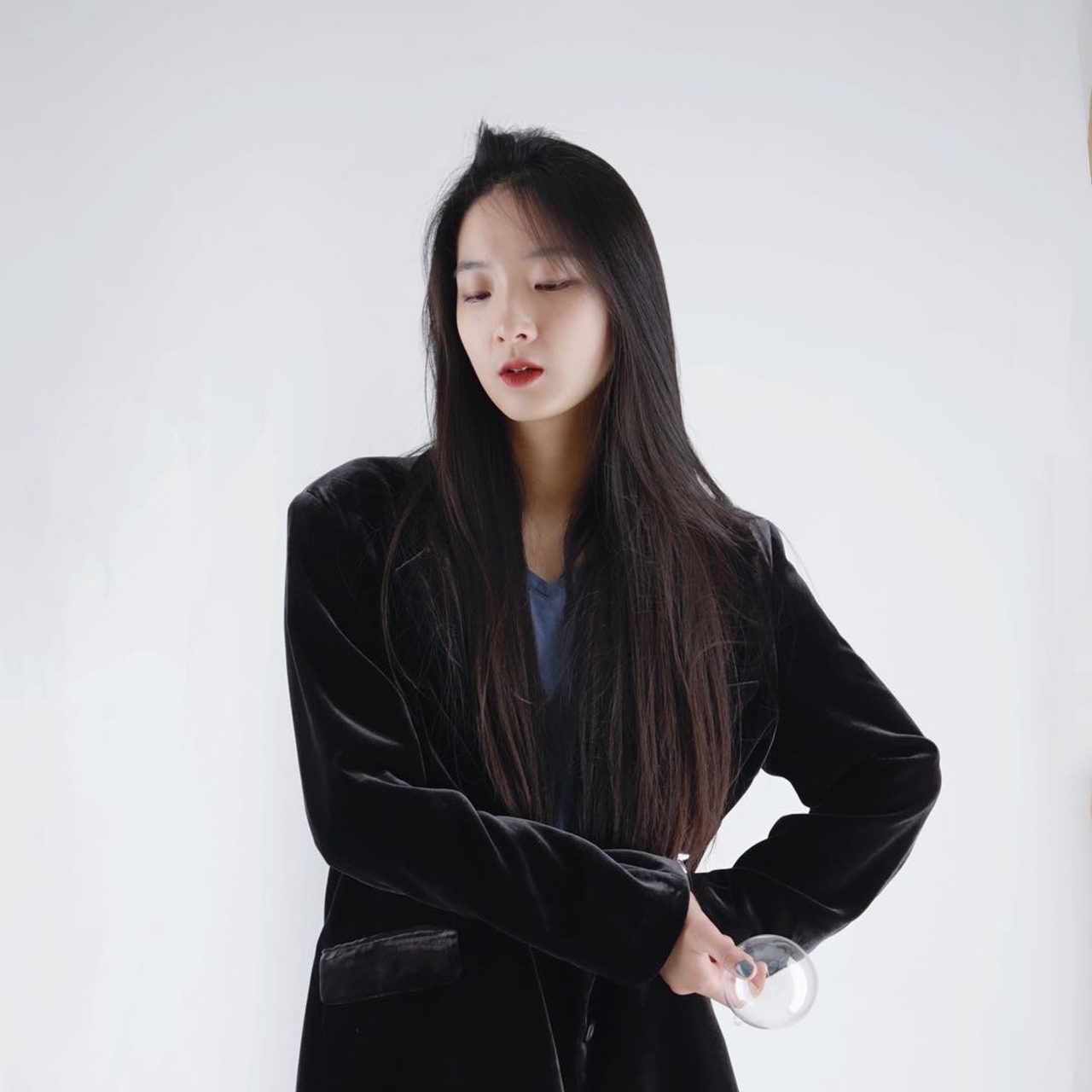
-
Your last collection, NIBIRU, is a collection of kinetic jewellery. Why kinetic jewellery?
I don’t know why kinetic jewellery. But it is something always catching my eyes during my studies at Central Saint Martins. I am obsessed with movements, interactions, interactive design, engineering, and motions. For a long period of time, I see a lot of things rotating and moving in my mind. They have their motions. And I am influenced by a lot of artists who works on kinetic arts, such as Friedrich Becker and Alexander Calder.
-
Can you tell us a little bit about your creative process? Where do you take your inspiration from, and how is a piece created?
NIBIRU collection is inspired by sound. Sound is a media which can overcome distance. And by overcoming distance, we overcome differences. NIBIRU collections are a series of kinetic jewellery which in my imaginations are a set of communication devices for the Anunnaki on the mysterious planet NIBIRU to communicate with the Anunnaki on the earth.
“In the earliest Sumerian writings, the Anunnaki were descendants of An and Ki, the god of the heavens and the goddess of the earth. They were a group of deities of the ancient Sumerians, Akkadians, Assyrians and Babylonians, who lived on the planet Nibiru. Nibiru collided catastrophically with Tiamat, located between Mars and Jupiter. Tiamat split in two. Nibiru struck one part on a second pass, which became the asteroid belt. The other part was pushed into a new orbit, which became the Earth. Nibiru swings by our Earth every 3,600 years giving the Anunnaki their only chance to communicate across vast distances.”
In terms of the creative process. I started with the inspiration of sound. And I desired to express the idea of distance and difference. Then, I researched more around the idea and drew sketches, transforming my thoughts into shapes. After that, I made models with proper materials and scales to develop my ideas. The creative process came back and forth until I was satisfied with what I was doing. The pieces are created and handmade by myself in my London studio.
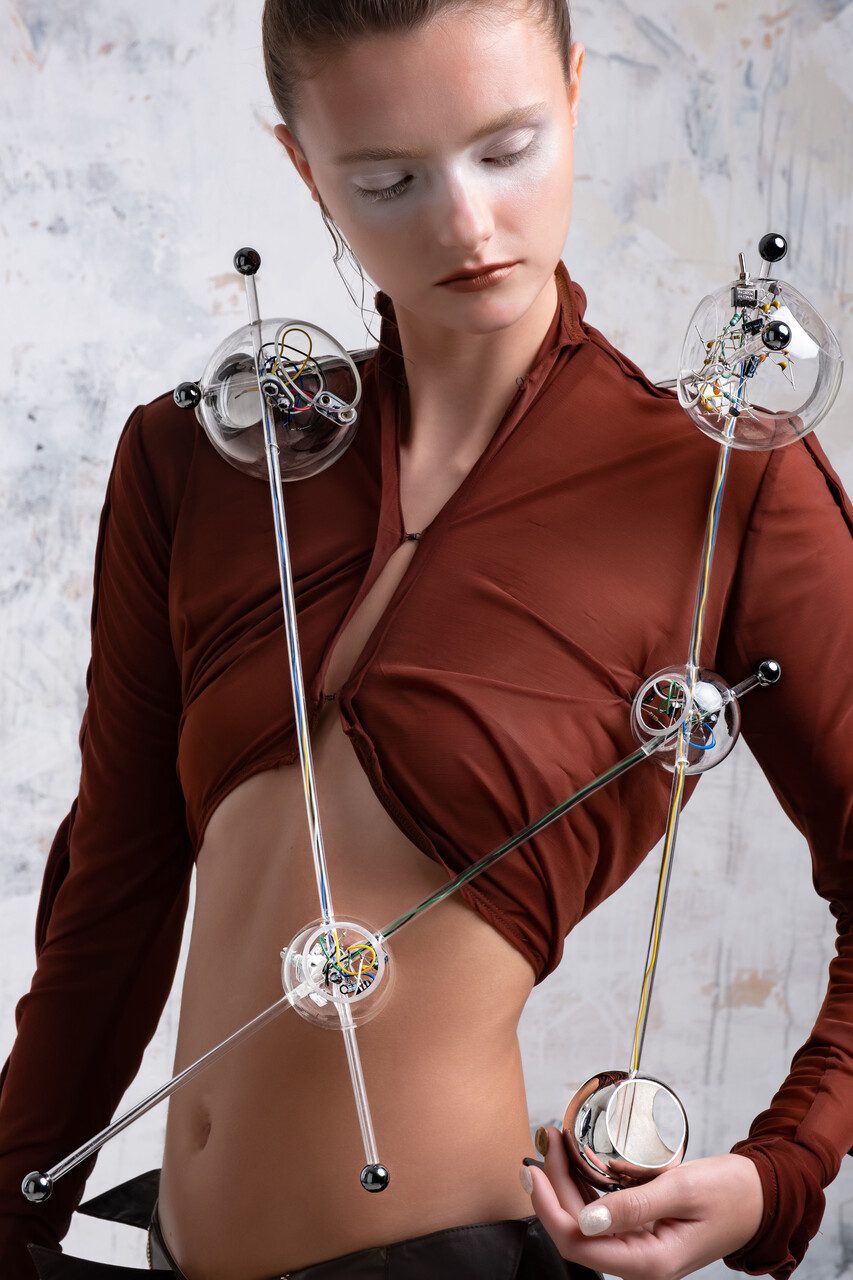
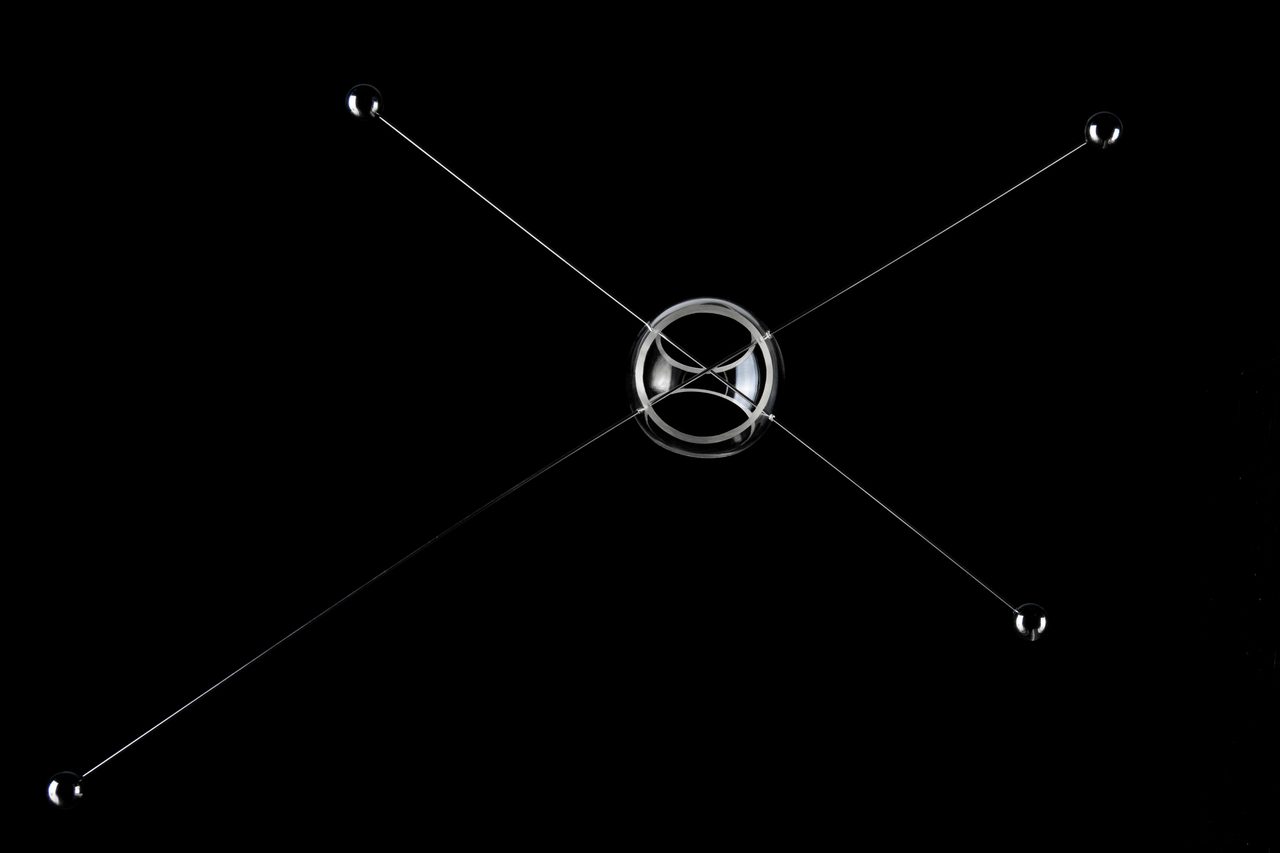
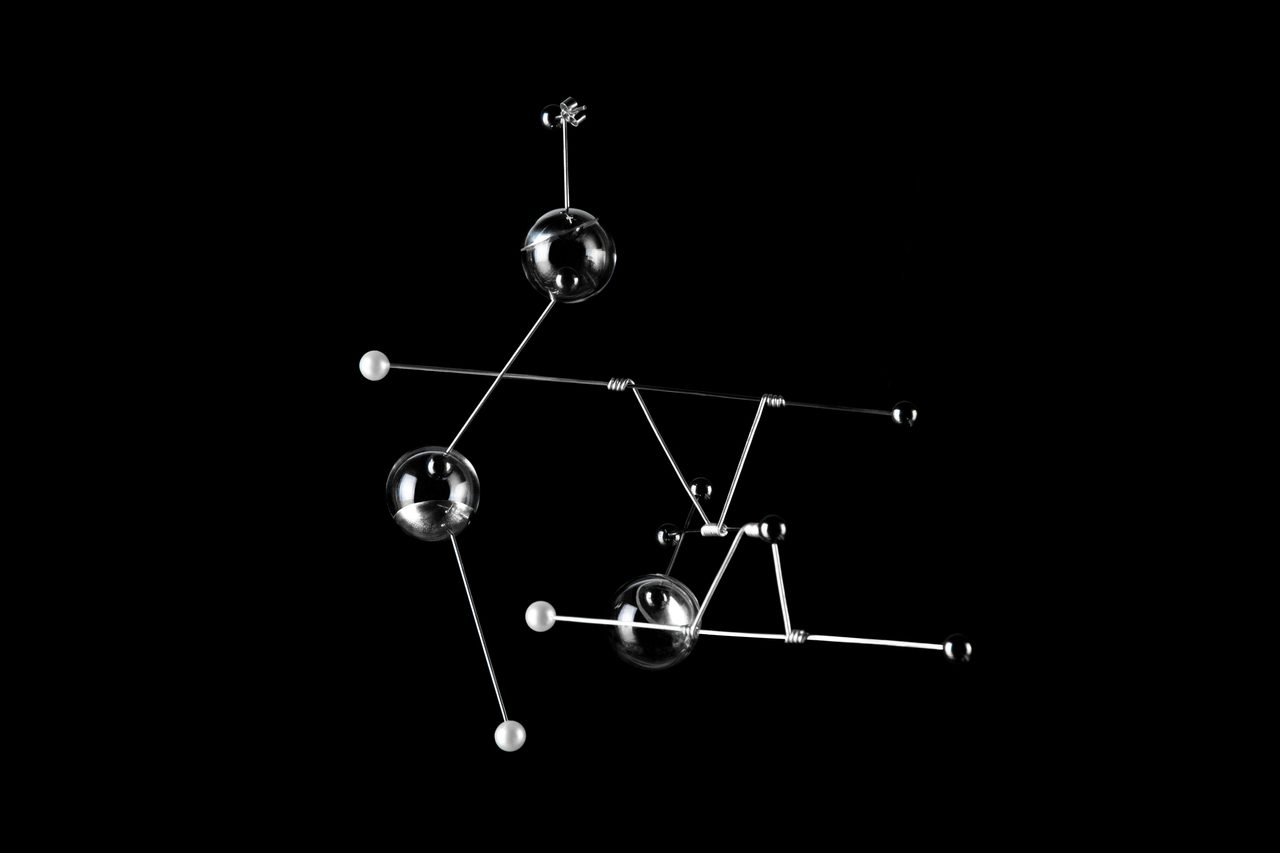
Do you have certain materials that inspire you? In your latest collection you use gems, glass and metals – are you looking for a special synergy between them?
I am obsessed with a lot of transparent, translucent, and shiny materials. For this NIBIRU collection, I think the transparency of glass helps a lot to express my idea around movements and distance. The physical sound is created when gemstones hit between glass and metal. I try to not limit myself into just a few kinds of materials. Materials need experiments. And I suppose that the quality of the jewellery relates a lot with materials.
-
I have discovered that you have previously trained as an economist. How does that training help with being a jewellery designer?
It helps me very little with the creative side. But it trained my ways of thinking. I am emotional and rational at the same time. And in my creative process, I am somehow quite logical.
-
How do you recharge when you are tired?
Sleep mostly. Just sleep. And eat comfort food. I prefer Asian food and I like to eat fish and vegetables.
-
Do you have special designers that you follow or admire?
Friedrich Becker, Otto Künzli, Gijs Bakker, Therese Hilbert, Caroline Broadhead, Ron Adar, Phoebe Celine, Wendy Ramshaw, George Jensen……
-
What do you think is the greatest challenge for a jewellery designer in 2023?
How to make money from just being a pure jewellery designer who designs and makes contemporary jewellery?
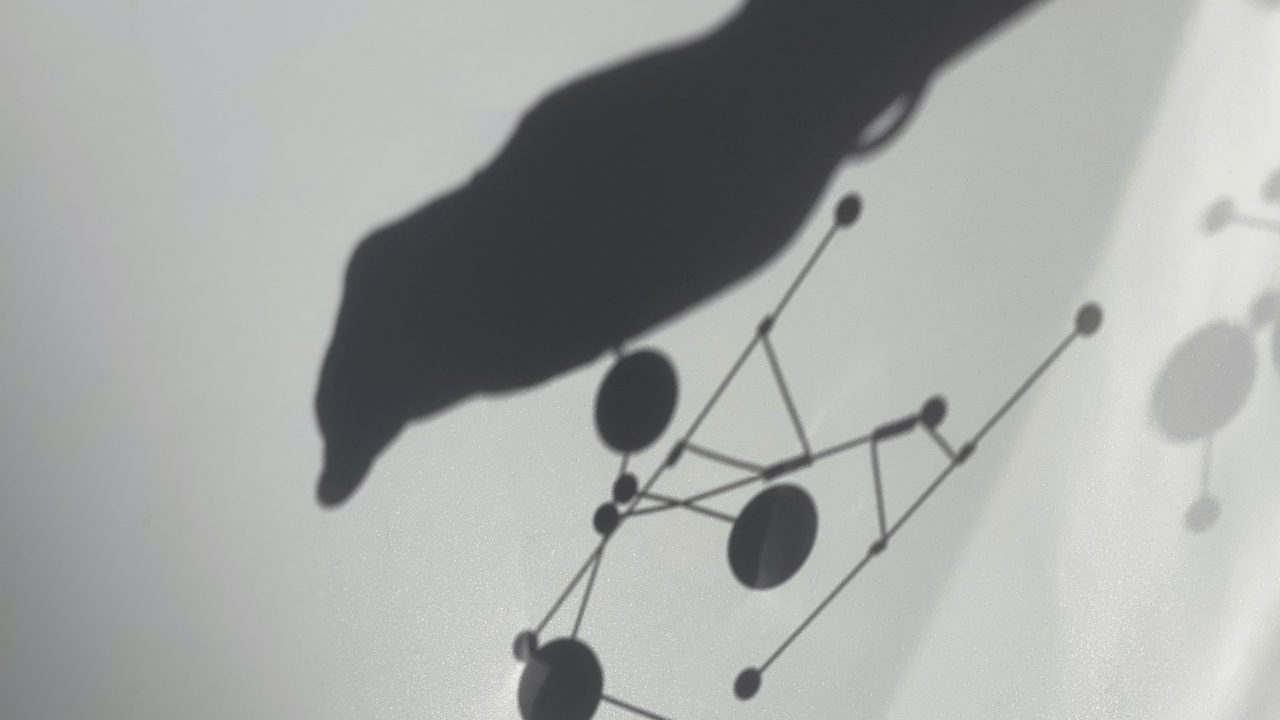
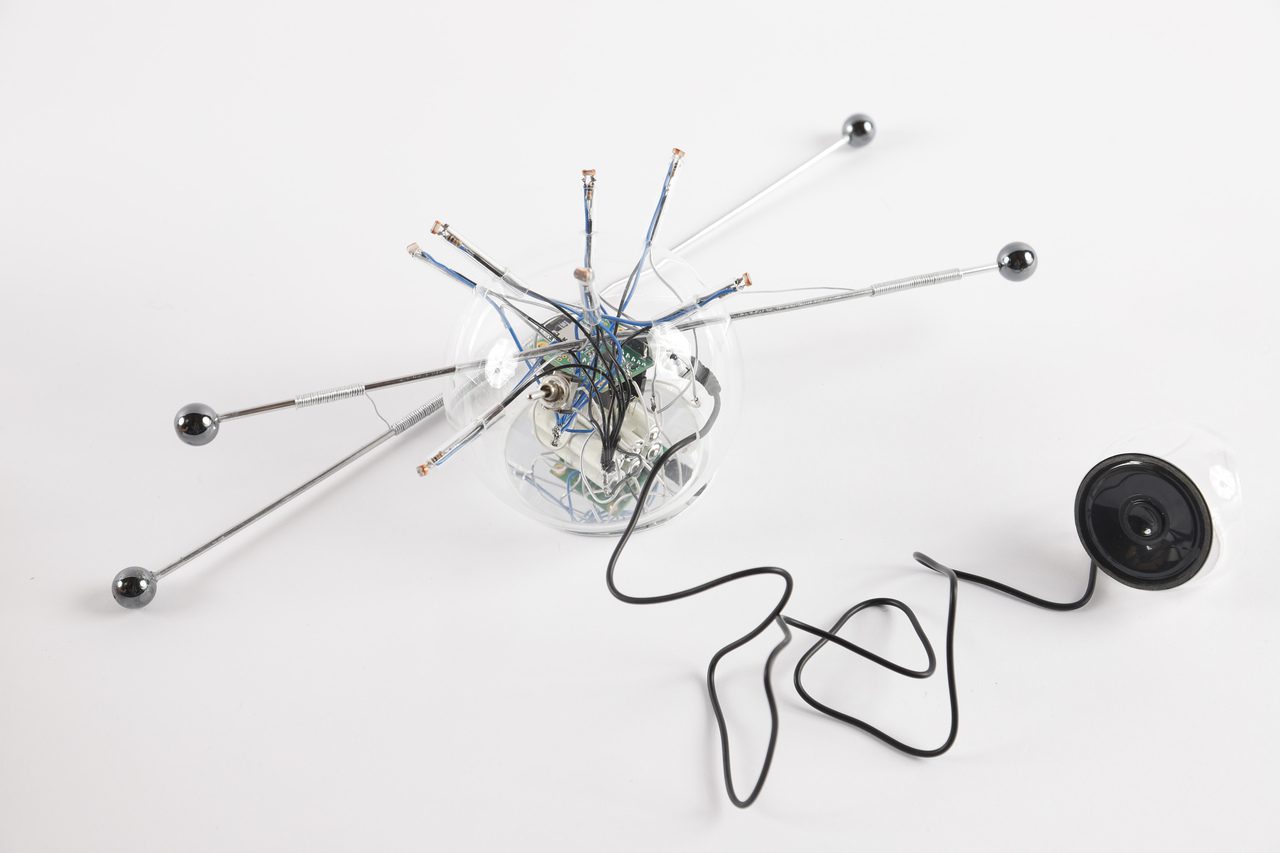
-
What can you tell us about the future of the Wenyin Jiang brand? Where to?
I would like to create more pieces. But I don’t want to push myself too hard for creating new things. I will go with the flow. And I hope to contact more galleries and art shops.
What advice would you give to a young jewellery designer, at the start of their career?
I am a young jewellery designer myself, I suppose. To give a piece of advice to my peers, I would say “stay happy and keep going”.
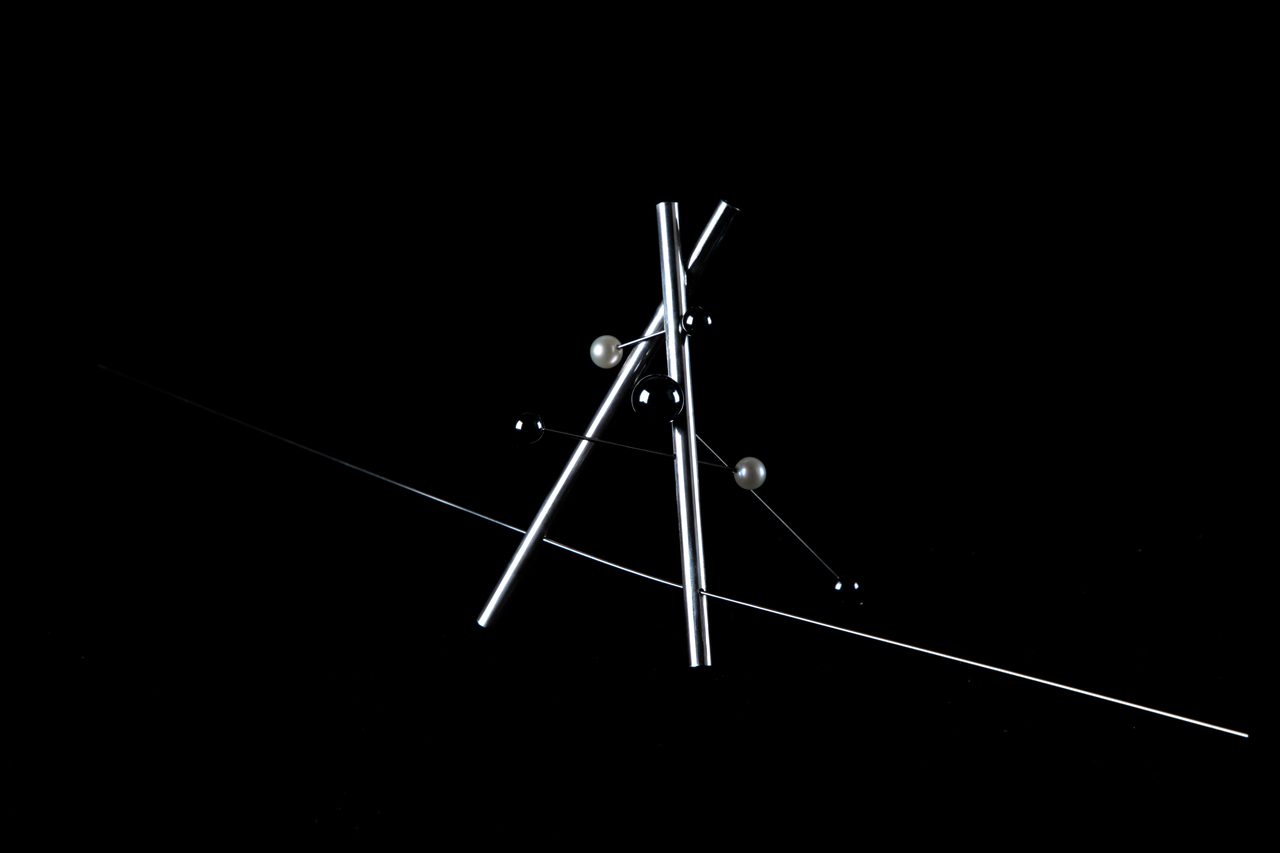
All images are from the artist’s archive.
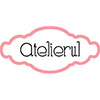
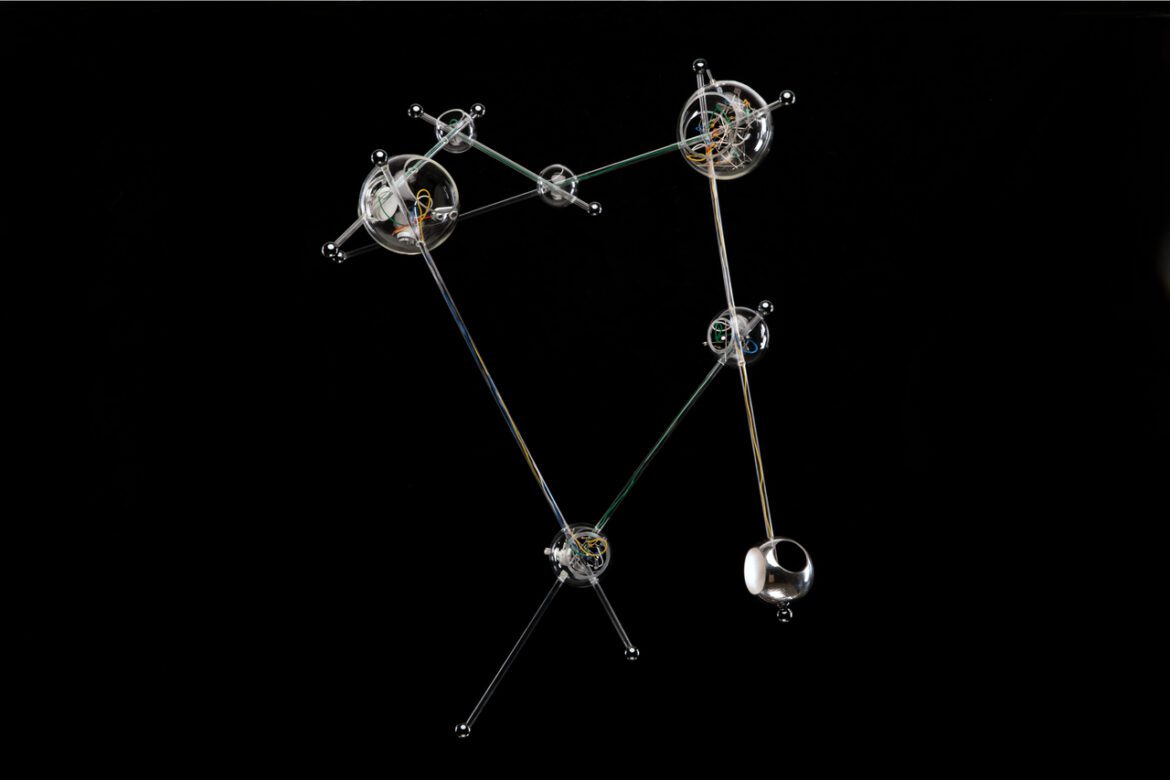
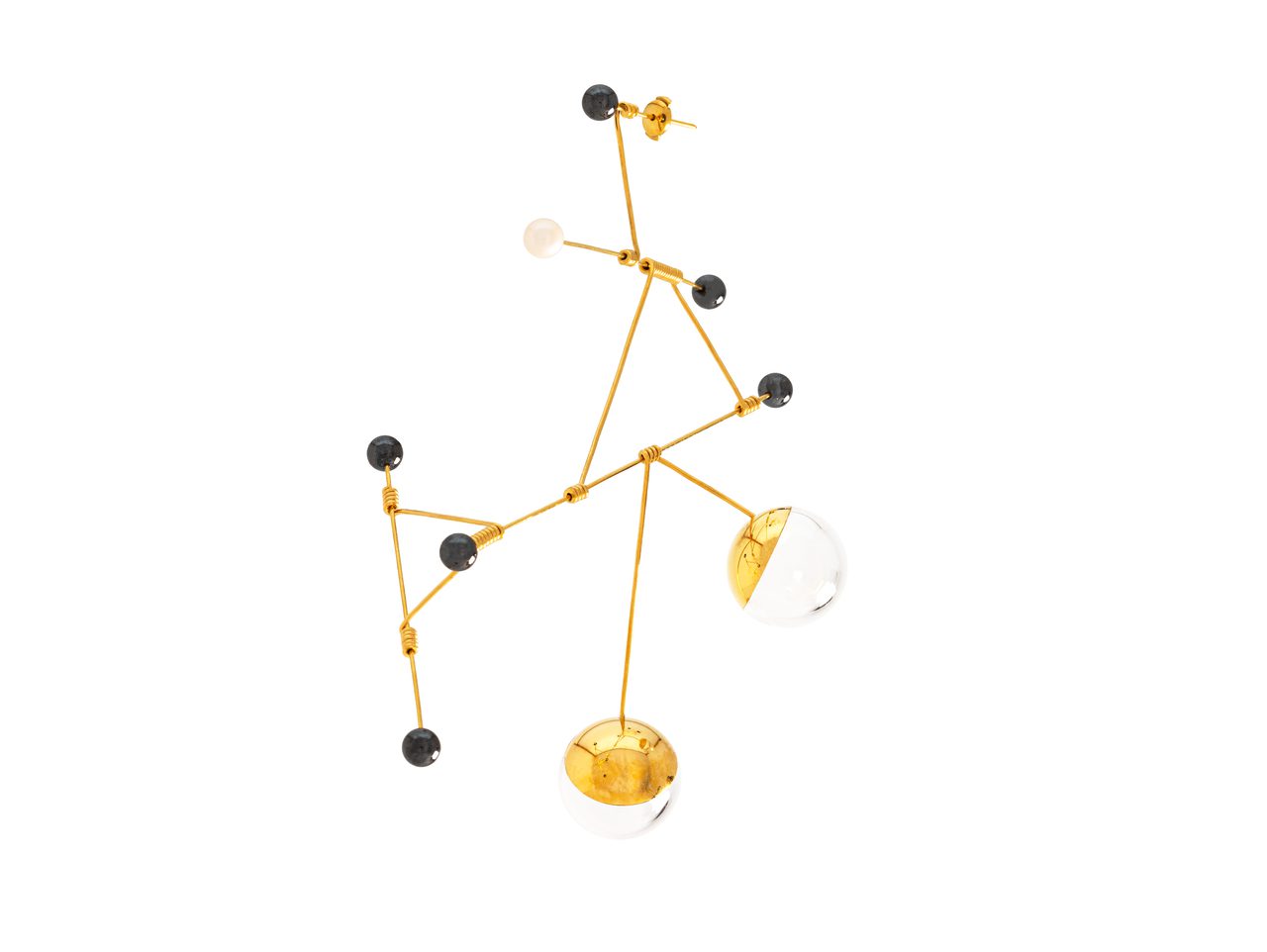
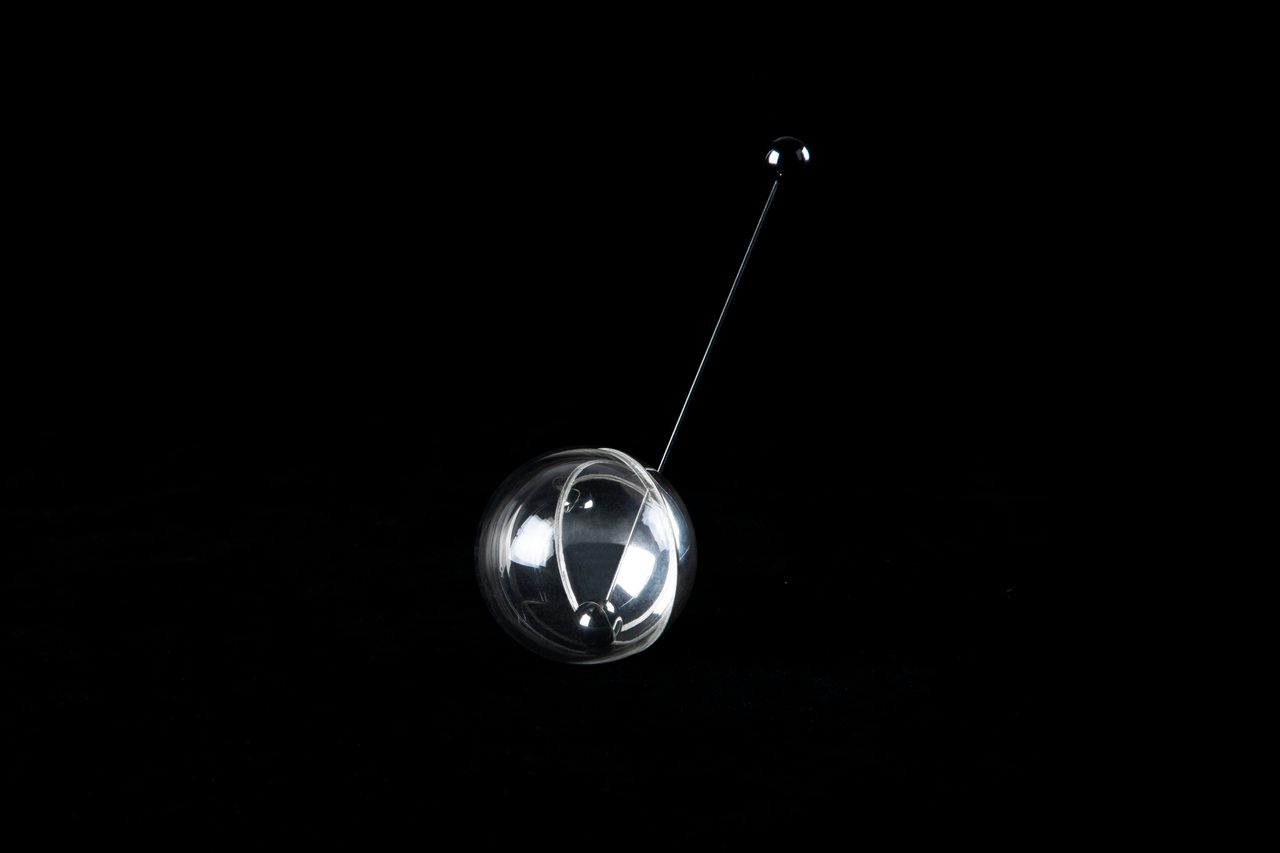
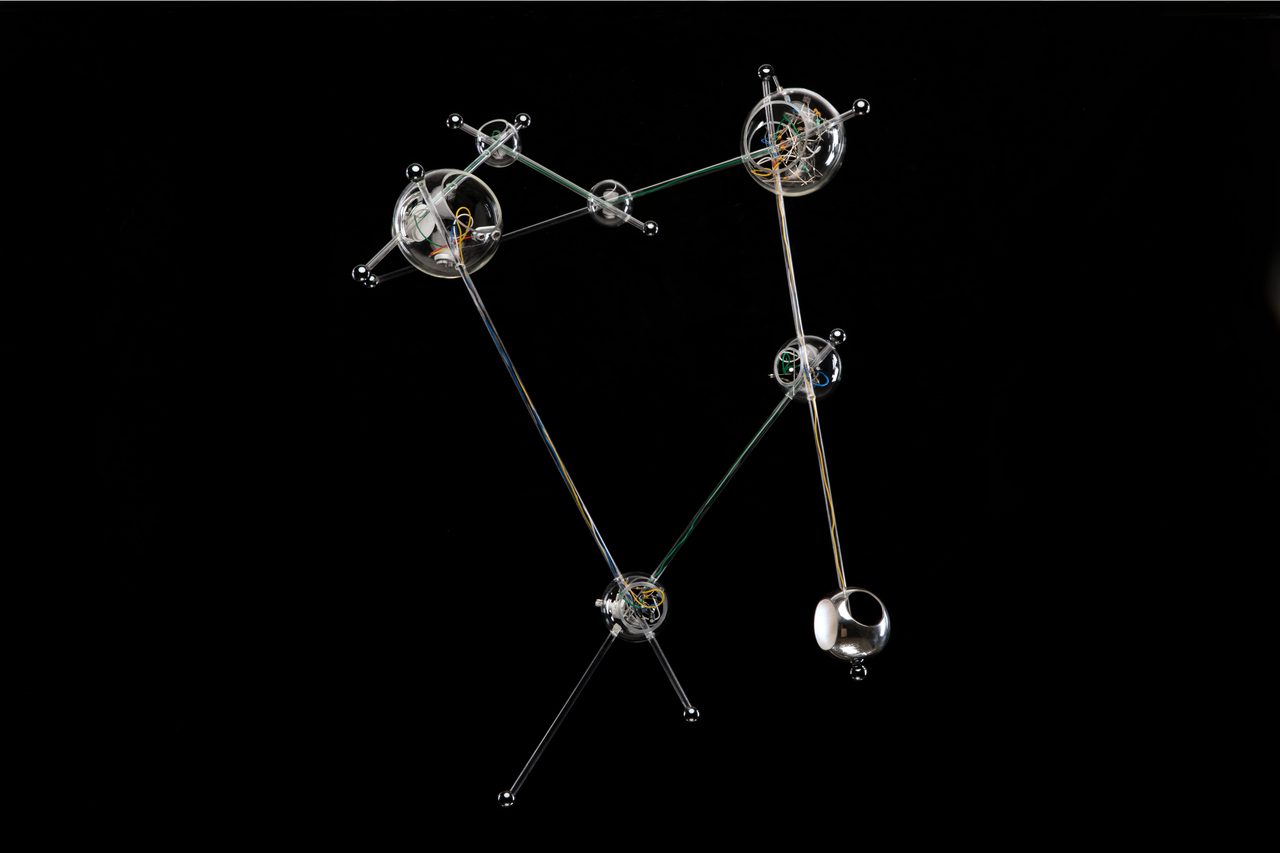
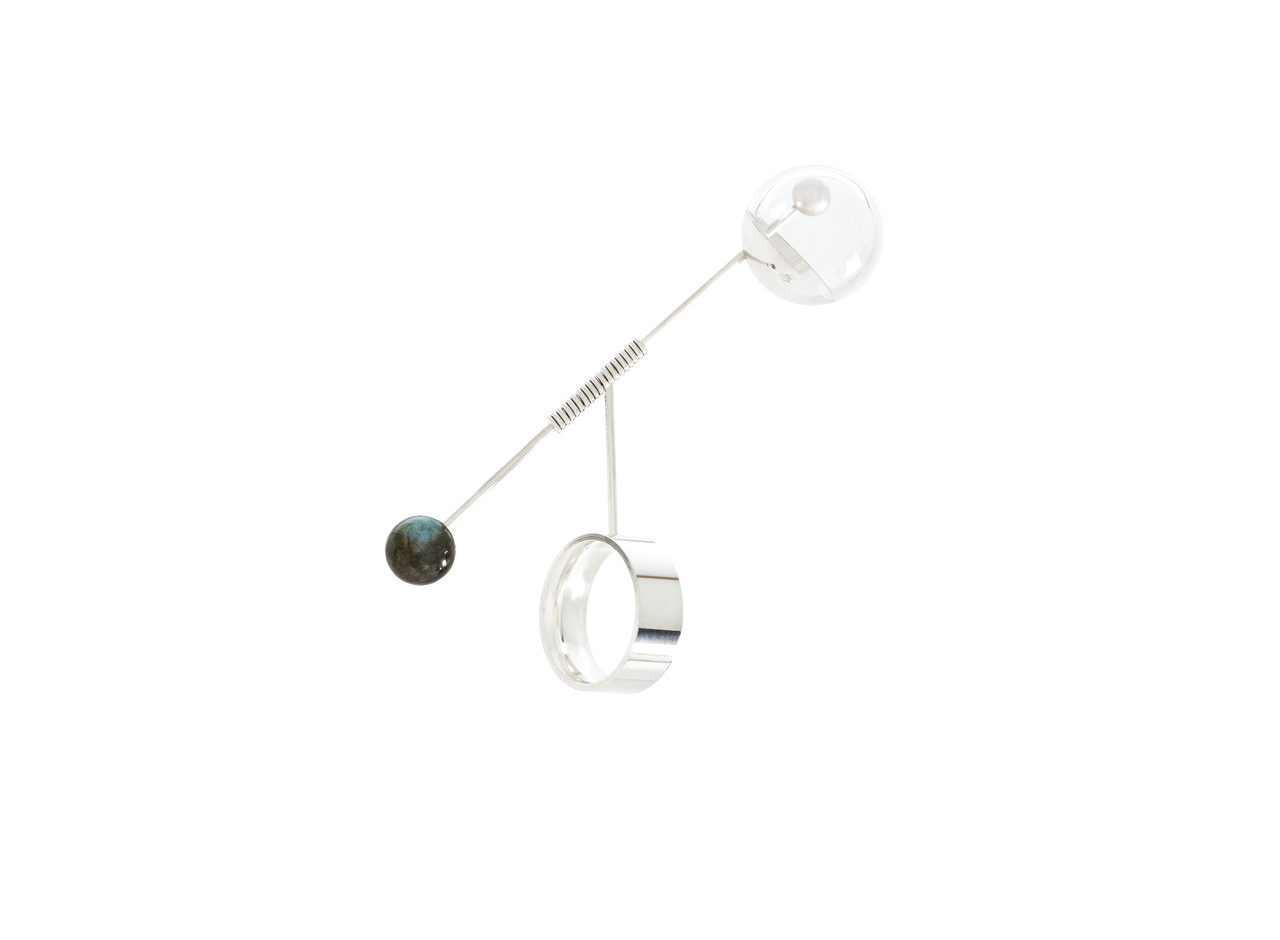
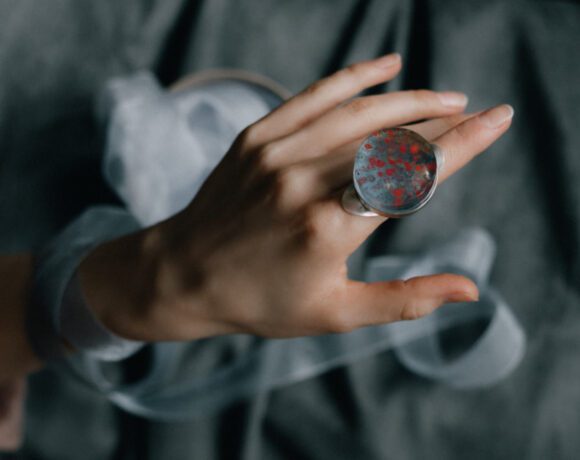
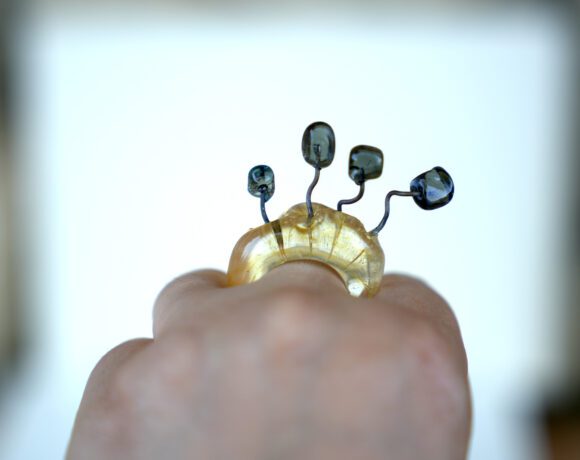
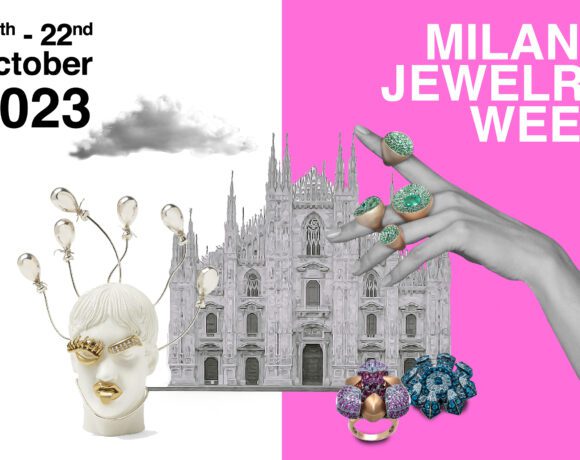
Fără comentarii